So you’ve made the wine rounds in Budapest and maybe checked out the wine caves in the Valley of the Beautiful women. But you still want more Hungarian bor (i.e. wine). Well look no further than Hungary’s Eger wine region.
If you’re based in Budapest, a trip to Eger is an easy decision. A mere two-hour train ride sits between you and the town of Eger – gateway to the wines of the region. Or you can do like I did and hire a driver (or drive yourself) to take you from Budapest and then the trip is more like an hour and a half.1
While many know Hungarian wine through the famous Tokaj region with its sweet botrytized wine,2 the other regions of the country (22 of them) are starting to get their due. Whether you go for the full-bodied reds of Villány, the crisp white and sparkling wines of Etyek-Buda, the volcanic wines of Somló, or the blended wines of Eger, there is much for wine lovers to discover. Overall, Hungary has a cool continental climate with 70% white wine production and 30% red. Eger, Villány, and Szekszárd are the regions known for red wines with the rest primarily focused on white wine production.
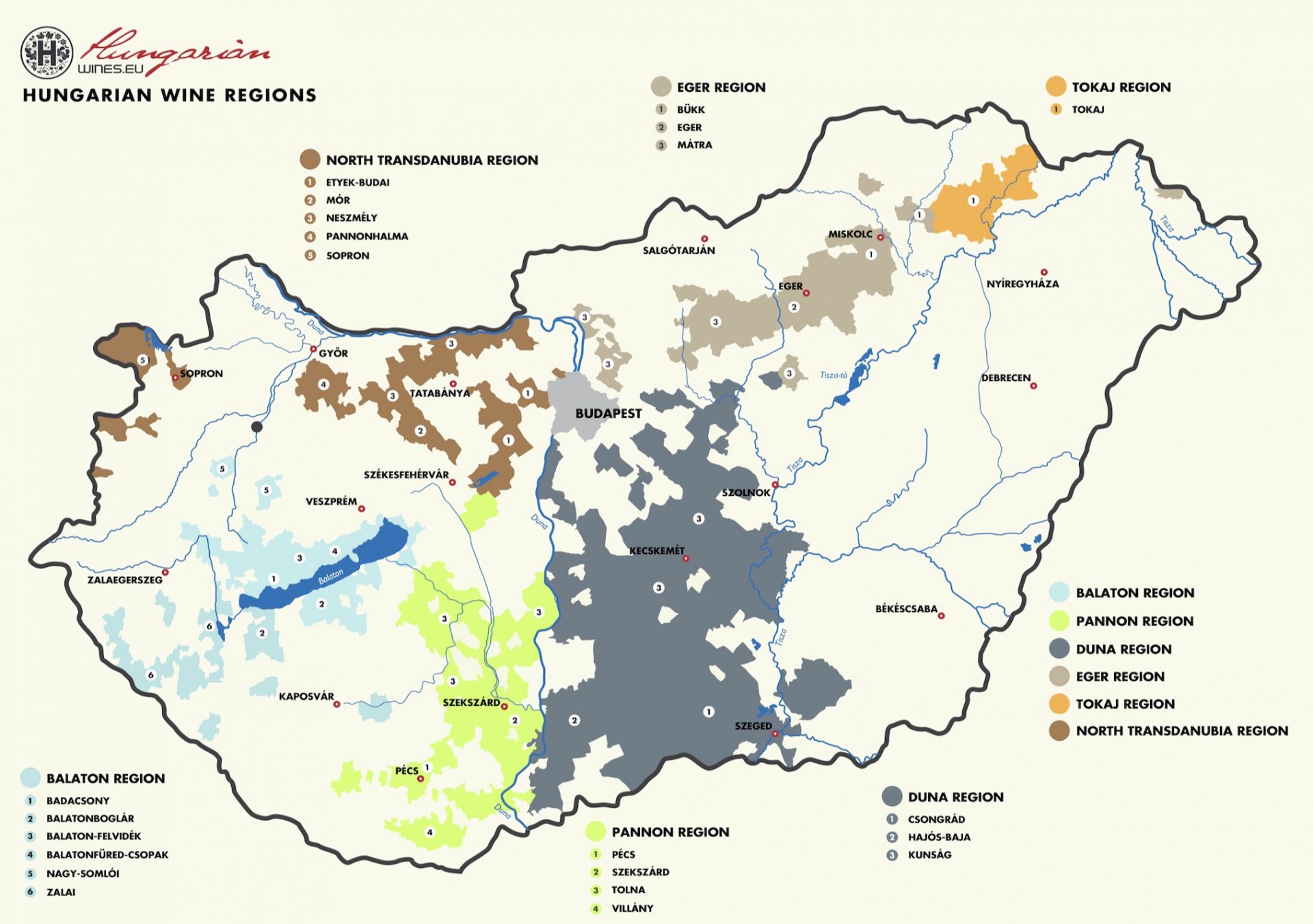
Eger has a long history of winemaking as wine has been produced in the region for over 1000 years. With the introduction of Christianity, French and Italian monks brought high-quality vine growing and winemaking expertise to Eger. The city of Eger is also known for the extensive labyrinth of wine cellars that snake beneath the town – some of which are still being discovered today!
The region has, and is, working hard to shed its reputation as a place of cheap, bulk wine which came about during Communist rule when inexpensive, high-yield grapes became the focus. Today, terroir is a real thing as is embracing indigenous varieties, studying clonal selections, and generally figuring out what works best in the region. With all of this comes change and lots of it. Changing laws, changing designations, changing blends and more change is the name of the game – but all for the better. Part of that change also means more wine tourism for the region with more producers opening up their cellars for visitors.
Wines of the Region
Located in northeast Hungary, the Eger region is known for its blended wines. Grapes grown include red varieties Kékfrankos (aka Blaufränkisch), Kadarka, Pinot Noir, Merlot, Cabernet Franc, Cabernet Sauvignon, and Syrah as well as white varieties Hárslevelű, Furmint, Olaszrizling (aka Welschriesling), Leányka, Kiralyleányka, and Chardonnay. In a move to help consumers identify quality wines, the region’s wines are classified as Classic, Superior, and Gran Superior based on vineyard yields and ageing times.
Eger’s terroir has been compared to that of Burgundy with its cool, continental climate and limestone and clay soils. This results in fresh, elegant wines. In fact, the region is often referred to as the “Hungarian Burgundy.”

The region is also blessed with volcanic soil found throughout the region. However, the most famous vineyard site is the Grand Cru Nagy Eged vineyard which is considered the top site of the region. This steep, southwest facing vineyard with unique sun exposure and great diurnal range3 features limestone soils which provides for elegant, fruit-driven, and mineral rich wines.
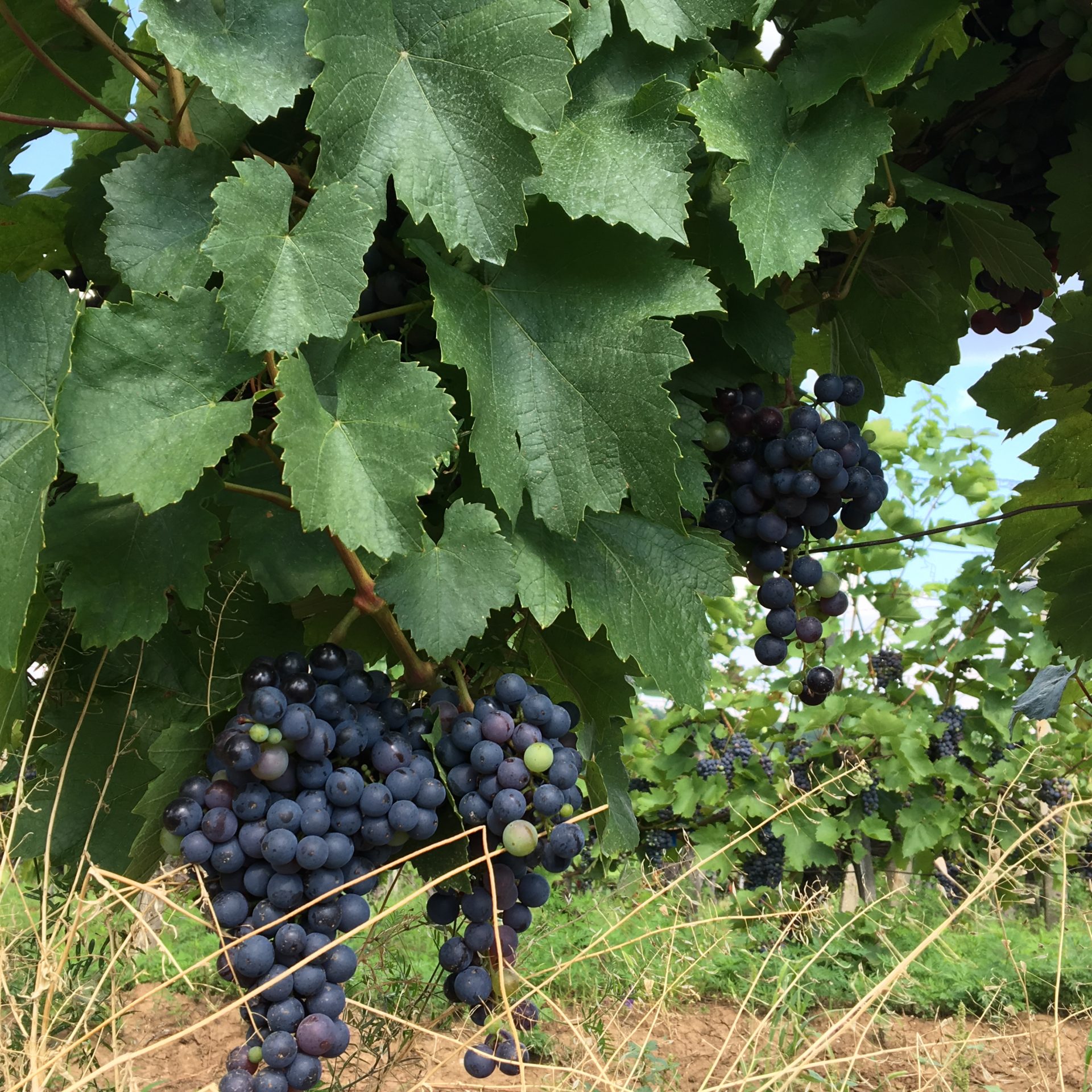
Egri Bikavér, or “Bull’s Blood” – a blend of at least three (or four – it kept changing!) red varietals – is probably the most well-known wine of the region. This bold and robust red wine is the signature wine of the region and is always a blended wine of multiple varieties with Kékfrankos (aka Blaufränkisch) as a major component. But stick to the quality producers as there is still a lot of bulk4 Bikavér produced in the region. The name “Bull’s Blood” comes with quite the history. It goes back to the 16th century battle between the Hungarians and the Ottomans. After the unexpected and miraculous Hungarian victory, and seeing the red wine stains on their beards, the legend began that the soldiers got their strength from drinking wine mixed bull’s blood and the name stuck.
While not as prominent, white wines are also produced in Eger. A signature white blend called Egri Csillag or “Star of Eger” was created in 2012. Like Egri Bikavér, it is a brand name of the region and enjoys legal protection with particular laws that apply to the grapes in the blend, harvesting, aging, bottling, etc. Egri Csillag must be made of at least four varieties, half of which are indigenous to the Carpathian region.5 Remember when I told you about wines from the Carpathian aka Pannonian Basin?
Wineries to Visit
So now that you have some background, where should you taste? The region’s wineries are scattered about in the small villages that surround Eger. Nothing is too far away, but you will definitely need wheels to explore the region.
Kovács Nimród Winery
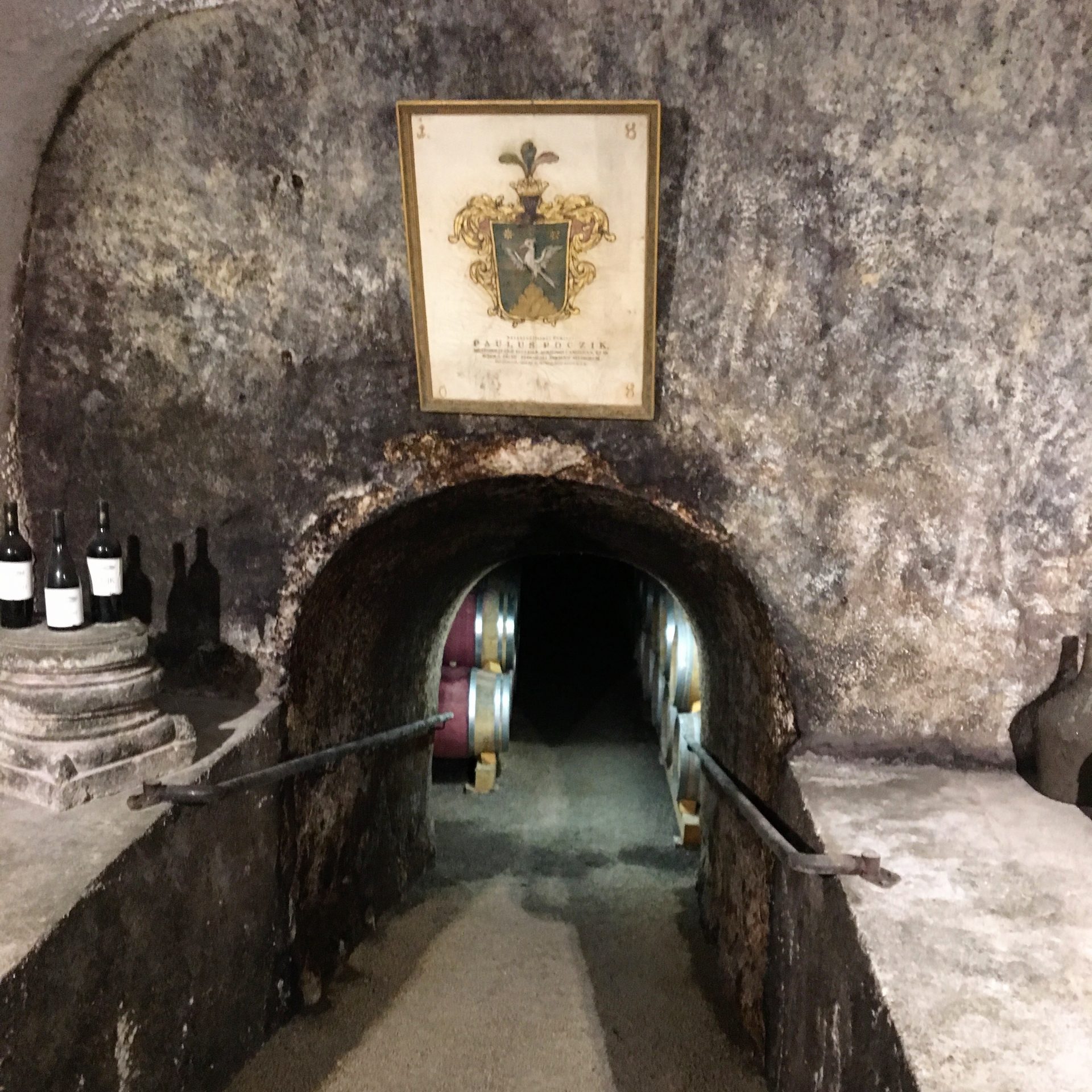
Kovács Nimród sustainably farms in some of the best sites of the region including Nagy Eged, Nyilasmár and Nagyfai. The winery is located directly in the town of Eger and is as charming as the wines are delicious. You’ll be treated to an in-depth tour of the cellars as well as given a great history of the winery by Noémi Pintér. She knows all is a joy to talk to. Whether you are sipping on Nimród’s jazz-inspired wines, lees-aged Chardonnay, or the terroir driven wines from Nagy Eged, you’ll be well on your way to uncovering the fantastic wines of the region. Standout Wine:The 2011 NJK which bears the owner’s initials and is a decadent blend of Kékfrankos and Syrah.
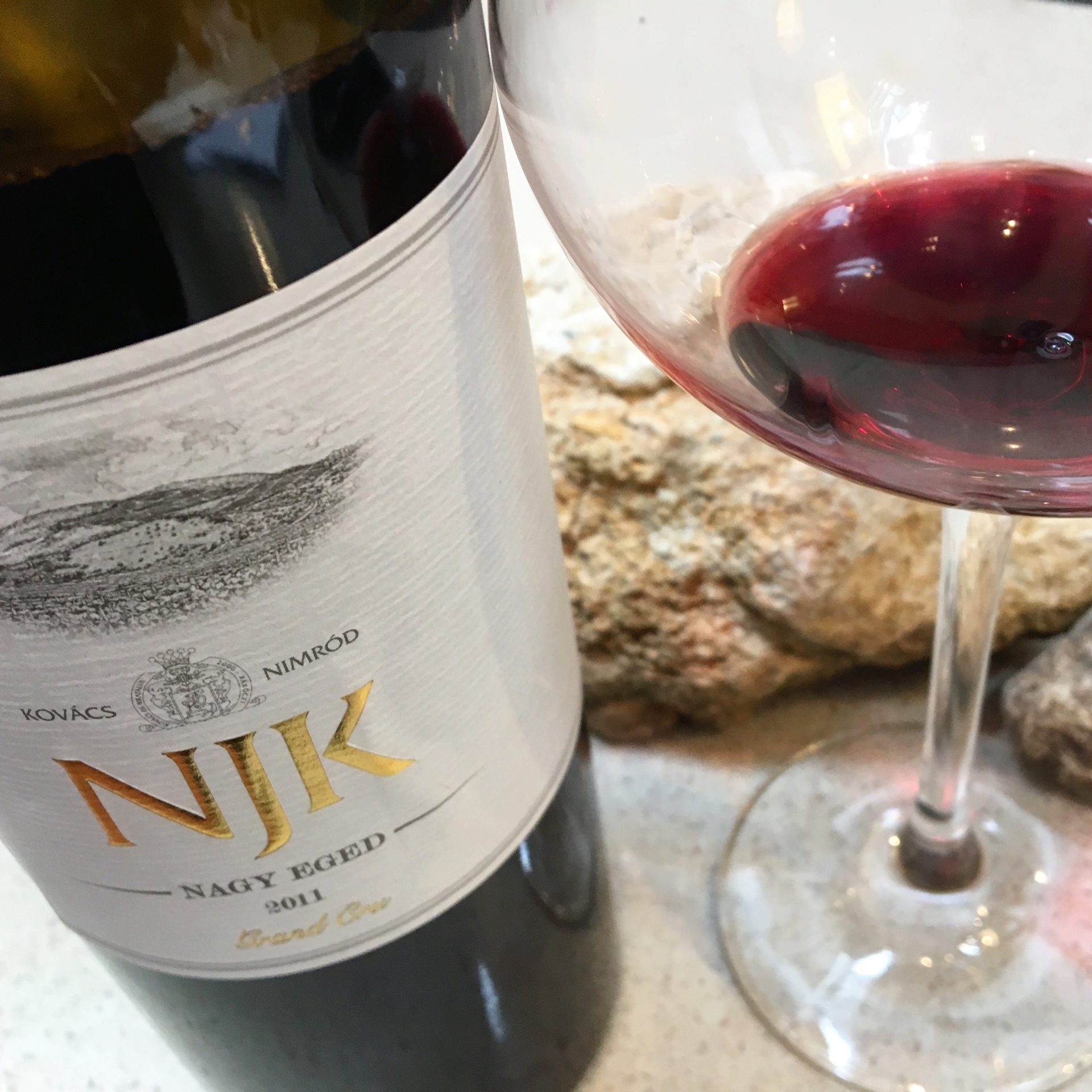
For a deeper dive on my Kovács Nimród visit, click here.
St. Andrea Winery
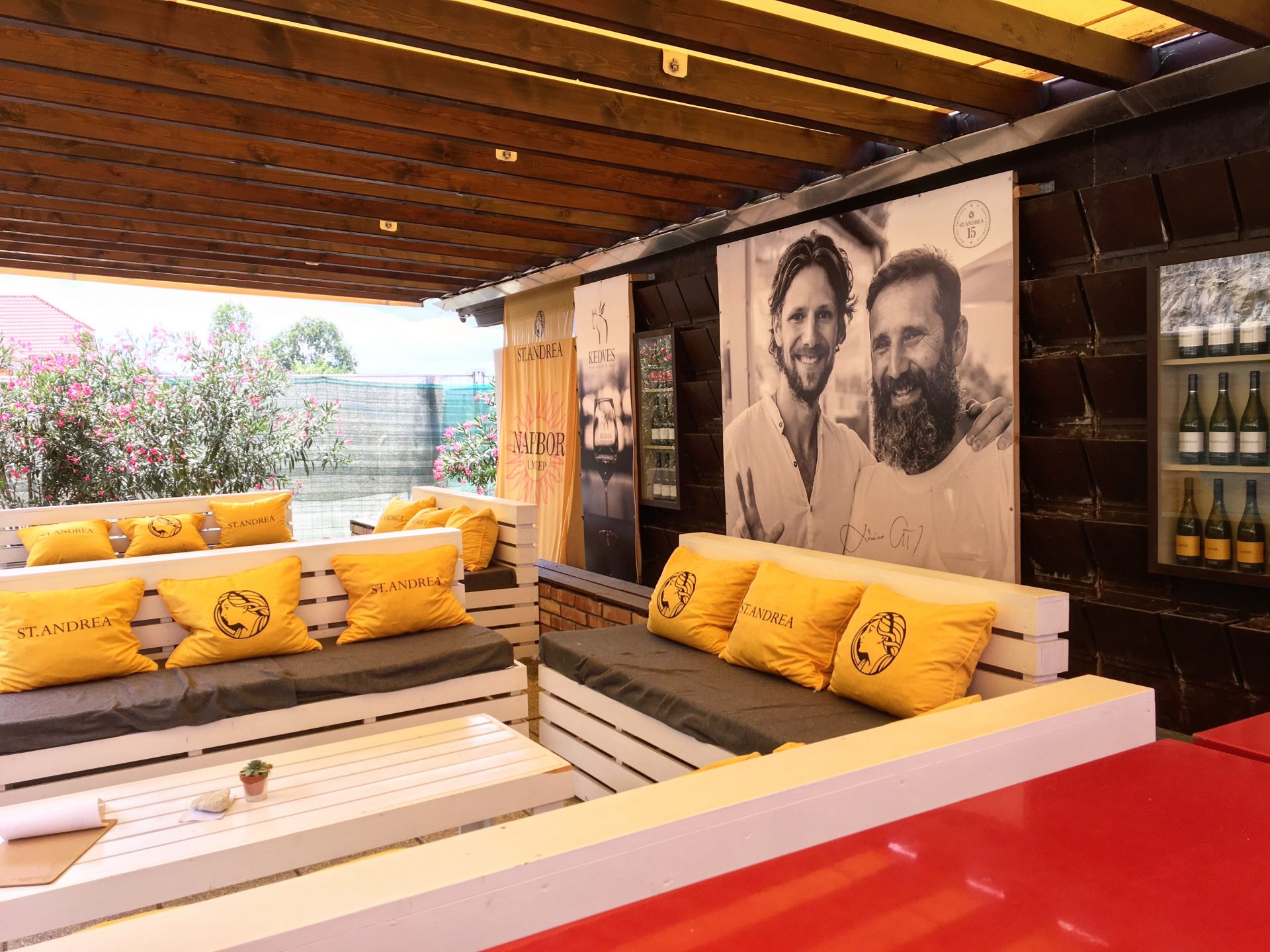
With tasting rooms in Budapest and the Valley of the Beautiful Women, St. Andrea is certainly accessible, but nothing compares to visiting the actual winery in Egerszalók (about 15 minutes from the center of Eger). With a wide selection of single vineyard wines, barrel select wines, as well as the signature red and white blends of the region, St. Andrea gives you a glimpse of the diversity that Eger can produce. And do sit out on the gorgeous patio if you’re able. But warning – it may be hard to leave. Standout Wine:2016 Nagykadarka Egri Kadarka Superior, which is a Kadarka from Nagy Eged that seriously made me swoon!
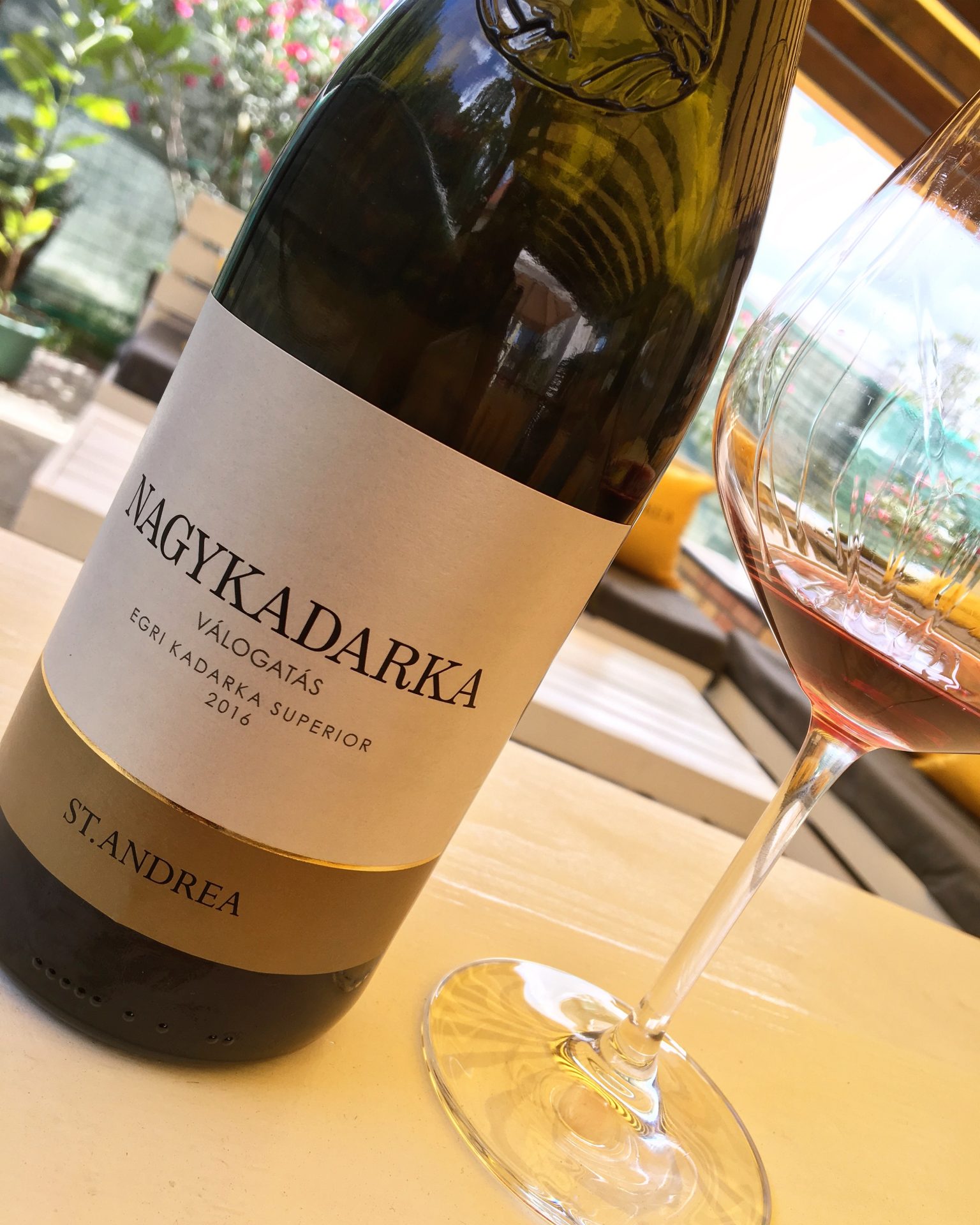
Click here to learn more about St. Andrea and its extensive portfolio.
Thummerer Winery & Vineyards
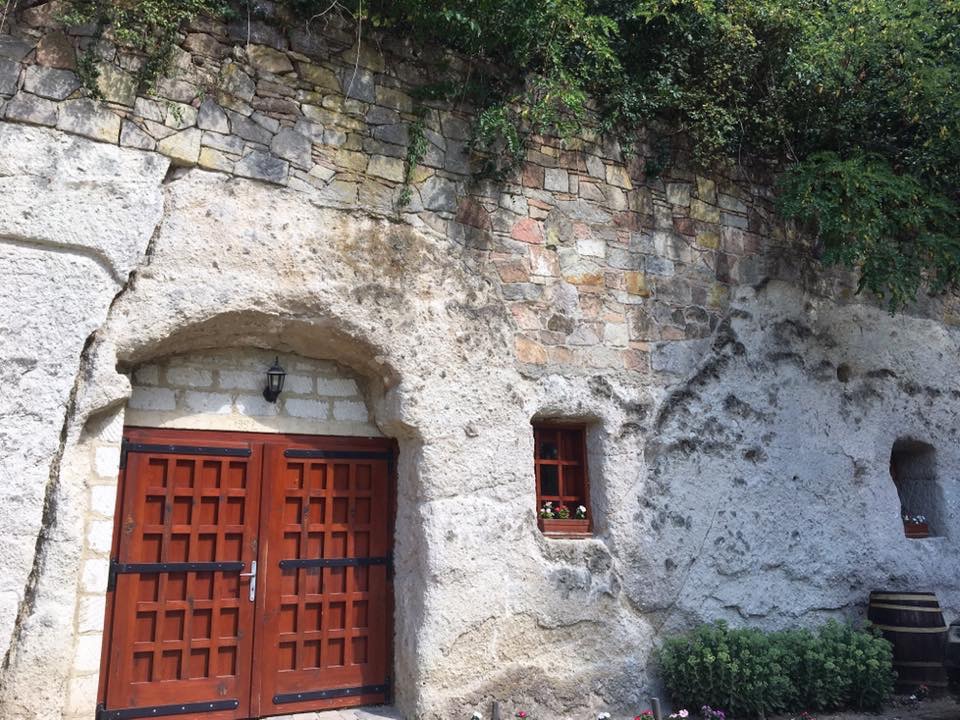
Previously recognized as winery of the year and as having the winemaker of the year, Thummerer is a production in excellence on all fronts. Whether its touring the impressive and massive underground cellar, tasting in the cavernous tasting rooms, or indulging in some of their great cuisine, visitors are in for a treat. And while I enjoyed the wines, I’d have to say my favorite part of the winery was the family focus. Every member of the family (grandkids, son-in-law, daughter-in-law, etc.) is involved with the production which is such a beautiful thing to see. In fact, I was shown the ropes by granddaughter Annett. Standout Wine:2013 Egri Bikaver Superior.
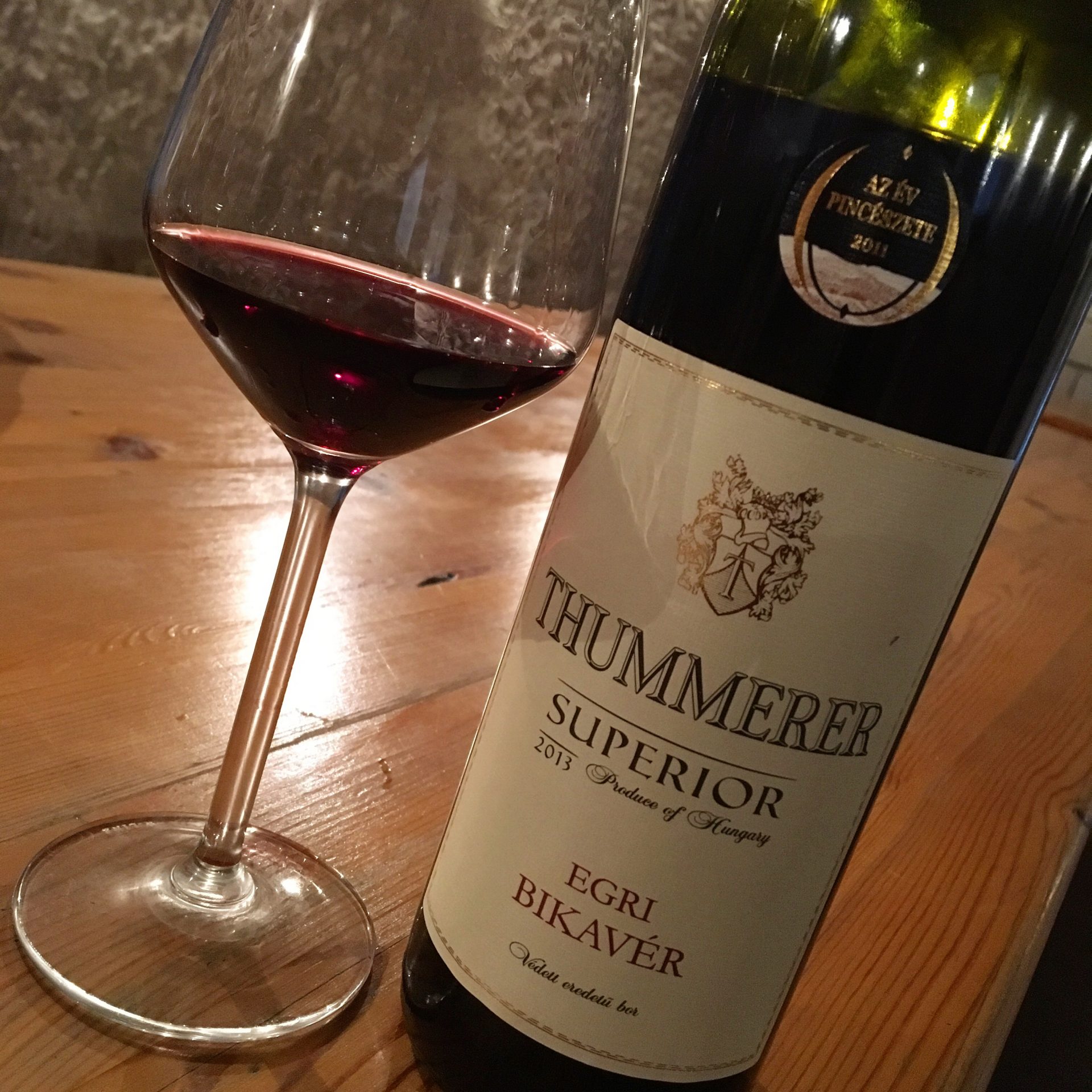
For more on my visit at Thummerer, click here.
Wine tasting in Eger is a great way to spend a day trip from Budapest or even a couple of days. Happy travels y’all.
- I hired the folks at Taste Hungary to drive me.
- And rightfully so as the wine is so revered that it is mentioned in Hungary’s national anthem – “sweet nectar of Tokaj.”
- Diurnal range refers to the difference between daytime high and nighttime low temperatures. Generally, the greater the range in temperatures the better as the warm days allow the grapes to ripen while the cool nights help the grapes retain their acidity – both of which are needed to produce high quality wines.
- Winemakers have been working hard to overcome the old reputation of Bikavér as a mass-produced bulk wine as a throwback to Communist times. Today, as an example of that commitment, single vineyard Bikavér is even made from Nagy Eged.
- Also known as the Pannonian basin, there are over 100 indigenous varieties in the Carpathian Basin. The basin is comprised of the countries of Hungary, Austria, Serbia, Croatia, Slovakia, Romania, and Ukraine. Many of these countries produce the same grapes but they are known by local names. For example, Austria’s Blaufränkisch is the same as Hungary’s Kékfrankos.

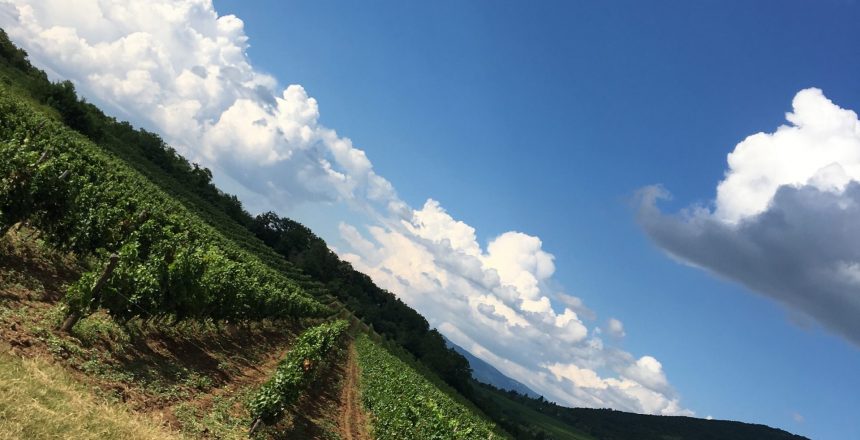
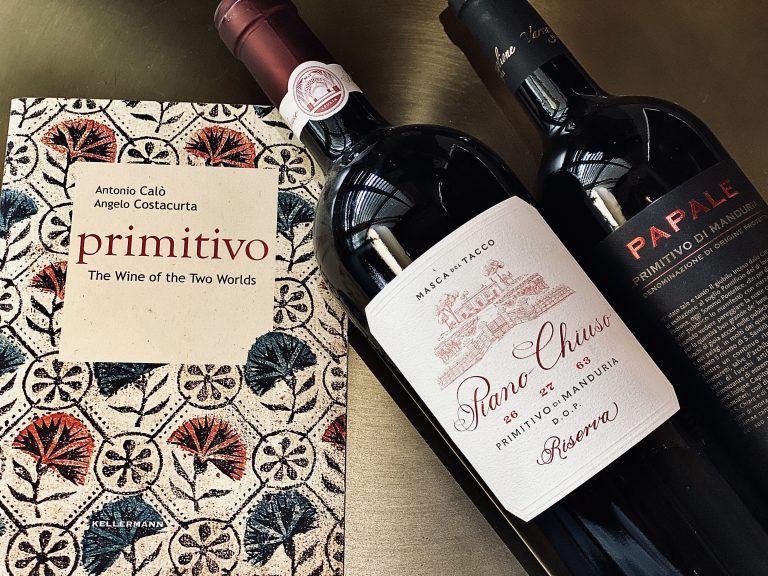



No Comments